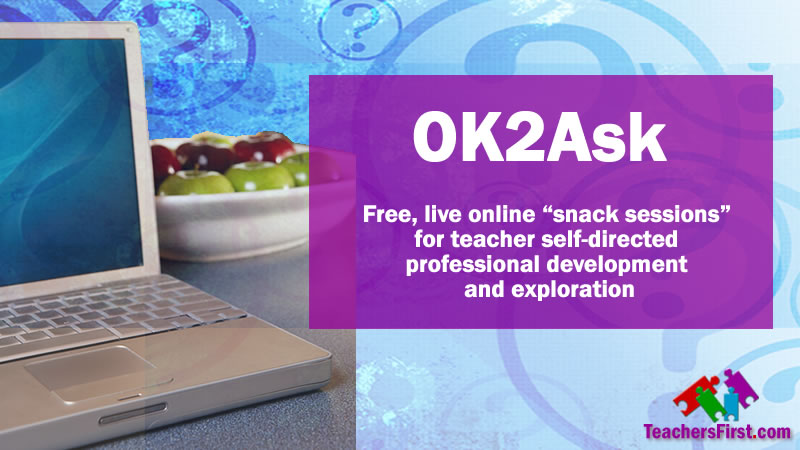Fascinated — NAA!
I’ve always been fascinated by creativity. What makes it come so easily for some people and as such a struggle for others? Why do some teachers ooze creative ideas and respond to every student question with a different angle on the topic (flexibility) while others can only restate the concept over and over, perhaps in paraphrase? I really don’t think it is an issue of motivation, since many of the latter group of teachers truly admire those who generate new ideas so painlessly. Kids are the same way, especially after about third grade. Some of them go through school with a firehose full of fresh thoughts and project ideas while others follow patterns and templates very well, but — at best — elaborate or “hitchhike” on their classmates fresh thoughts. It isn’t hard to be pushed by the force of a firehose, though one can only “ride” the stream very briefly.
I have always thought that school freeze-dried most student creativity, except perhaps in those who have veritable “firehoses.” Those with a garden hose or a drinking fountain of creative idea-flow seem to dry up once they have followed rules and procedures long enough to be successful in school.
Yesterday I ran across this article on the brain chemistry of creativity. Apparently neurobiologists have isolated something called NAA, a chemical that correlates with divergent thinking when found in a certain part of the brain, the “anterior cingulate gyrus (ACG), which regulates the activity of the frontal cortex – implicated in higher mental functions.” So very intelligent people can also have this chemical and be highly creative, as well.
But it’s much more complicated than that. Apparently there is some interplay between intelligence, creativity, and NAA. As a fictitious friend of mine would say, “Holy Idaho!” The scientists have a lot more work to do to sort out this complex interaction. And I now have even more questions:
Why are some engineers and scientists brilliant in solving things by scientific method (and able to think of alternative paths of scientific inquiry) but look awkwardly stunned when asked to imagine an alternative way to use a spoon (one of the basic creative brainstorming exercises I used to use with second graders).
Why can some people elaborate –adding many, many different and even beautiful versions of an idea, such as different designs and “twists” for using a spoon as a “dipper,” but never get outside of the “dippiness” of spoons to see them as mini-mirrors or vehicles or hair ornaments?
What implications does NAA have for teaching and learning? If we are to differentiate for different approaches to learning, how do we adjust for NAA?
 I can’t help thinking that all the web 2.0 tools for creating products could help, especially since there are usually ways for the spoons-as-dippers-only types to start from someone else’s dipper prototype and create a variation while the spoons-as-vehicles students can start from scratch to launch their spoon to the moon or under the sea.
I can’t help thinking that all the web 2.0 tools for creating products could help, especially since there are usually ways for the spoons-as-dippers-only types to start from someone else’s dipper prototype and create a variation while the spoons-as-vehicles students can start from scratch to launch their spoon to the moon or under the sea.
Once again, creativity wins as the most powerful teaching tool. And we should never respond to a brainstorming suggestion by saying “NAAAAAA!”
That’s exactly what it is: NAA!









